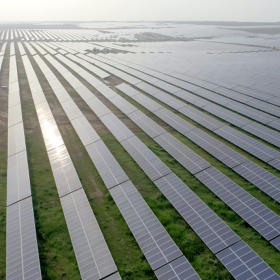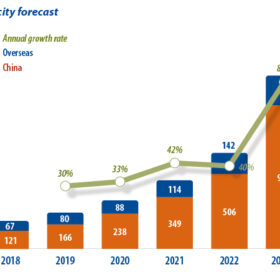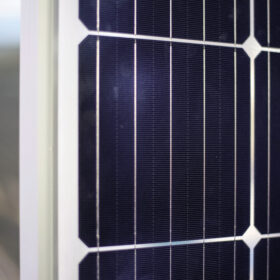A reaction to Rystad’s recent estimates on European solar module stockpile
Rystad Energy has abruptly changed statements about photovoltaic module stocks in the EU. German PV analyst Karl-Heinz Remmers questions the numbers from the Norwegian consultancy and provides different figures.
Recipe for expansion
After years of debate, the Indian government made domestic manufacturing a central feature of renewables policy in 2021. The pivot came as the government sought economic growth and self-sufficiency following a border conflict with China. Vinay Rustagi, managing director of Bridge to India, says that trade barriers, subsidies, lower taxes, and demand growth have created the perfect recipe for expansion.
Harnessing the elements for renewable energy
Regions across India are carving their green legacy with distinct contributions to the solar and wind energy landscape.
The race for 100% solar
With utility scale solar installations accelerating, Philip Wolfe, founder of PV data consultancy Wiki-Solar, drills into the data to highlight some interesting variations in relative progress around the world.
A survival guide for solar SMEs
As solar manufacturing moves toward technological convergence, and rampant production capacity expansion continues, standing out from the crowd is just one of the strategies small- and medium-sized enterprises (SMEs) will have to use to survive, according to InfoLink’s Amy Fang.
Solar cell prices are expected to hit fresh record lows following China’s Golden Week
In a new weekly update for pv magazine, OPIS, a Dow Jones company, provides a quick look at the main price trends in the global PV industry.
Lithium-ion batteries differ in terms of risk
As the energy storage trend unfolds, stories litter the media landscape about lithium-ion batteries catching fire, and even exploding. This is a valid concern, as the time for consumers to understand a basic truth about lithium-ion batteries is long past due.
Solar wafer prices fall for first time in 3 months
In a new weekly update for pv magazine, OPIS, a Dow Jones company, provides a quick look at the main price trends in the global PV industry.
China solar cell prices hit record lows
In a new weekly update for pv magazine, OPIS, a Dow Jones company, provides a quick look at the main price trends in the global PV industry.
P-type solar products may be phased out by 2026 as n-type tech ‘rapidly’ expands
The rise of cost-effective TOPCon cell technology last year led to a ‘surge’ in production demand for solar n-type cell technology, with leading industry analysts TrendForce prophesying PERC cell capacities ‘may’ be phased out in two to three years. The company’s experts, however, warn that oversupply for p-type cells and modules may increase the price gap between n-type and p-type products in the upcoming months.















